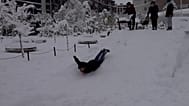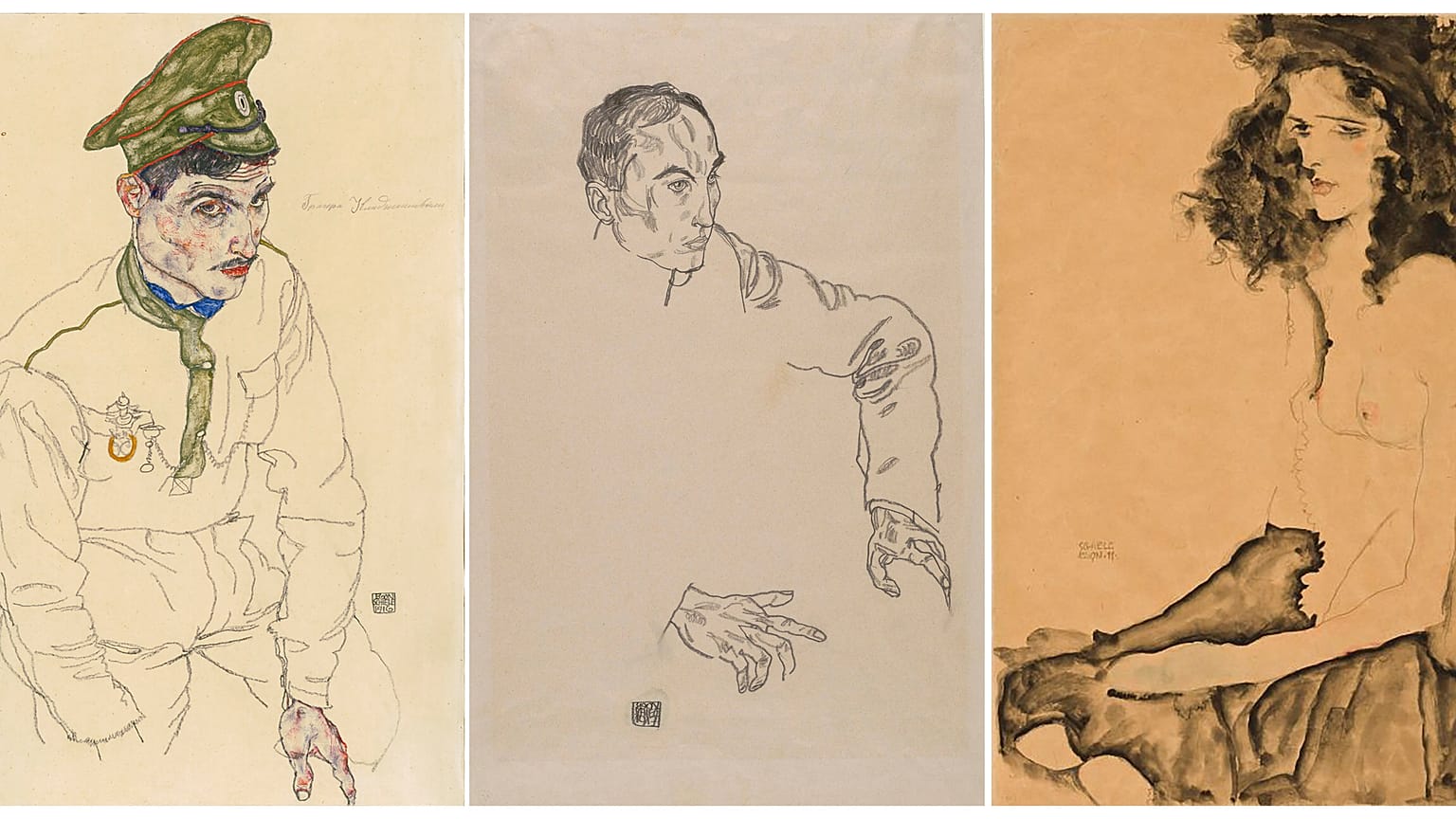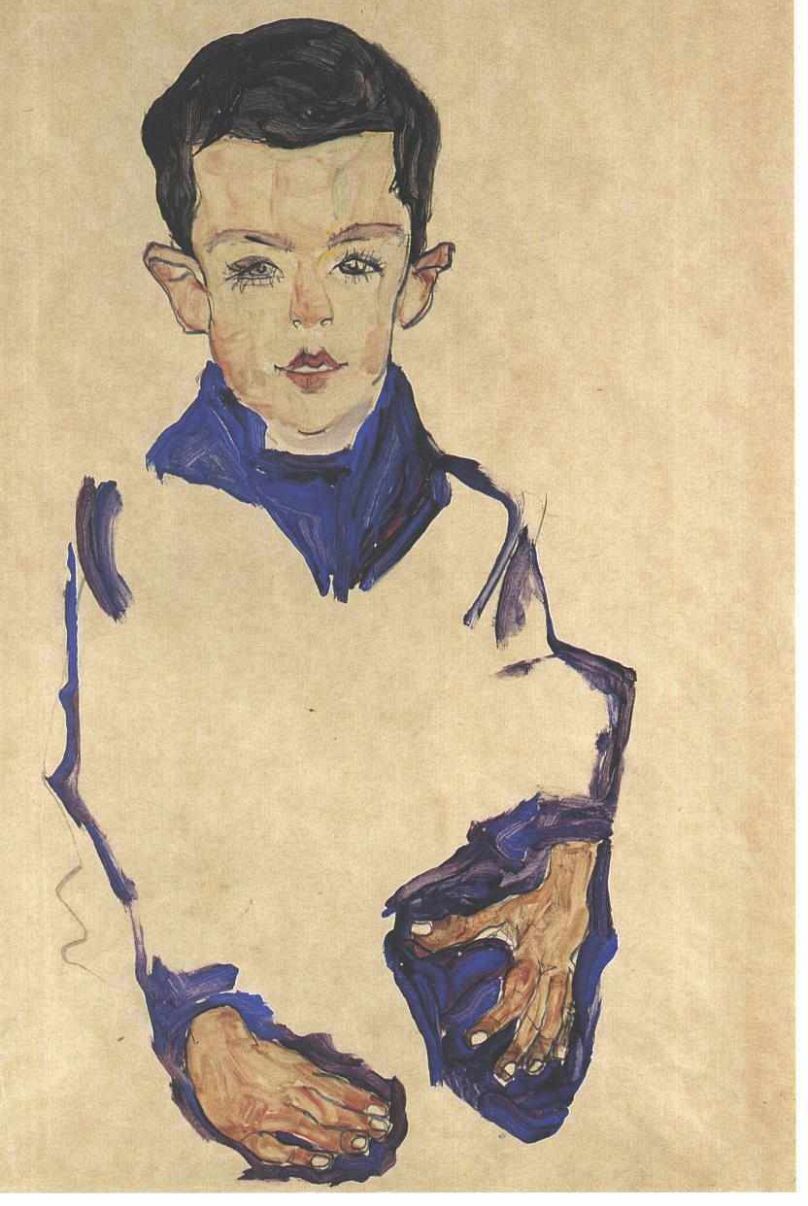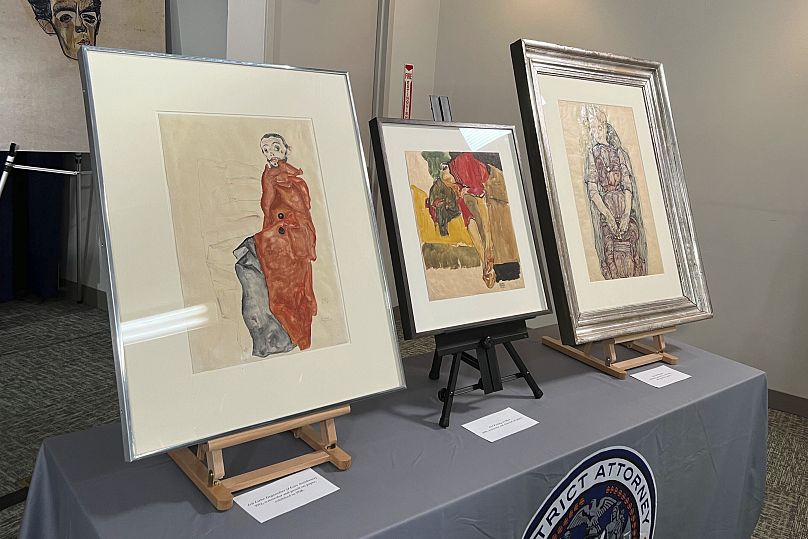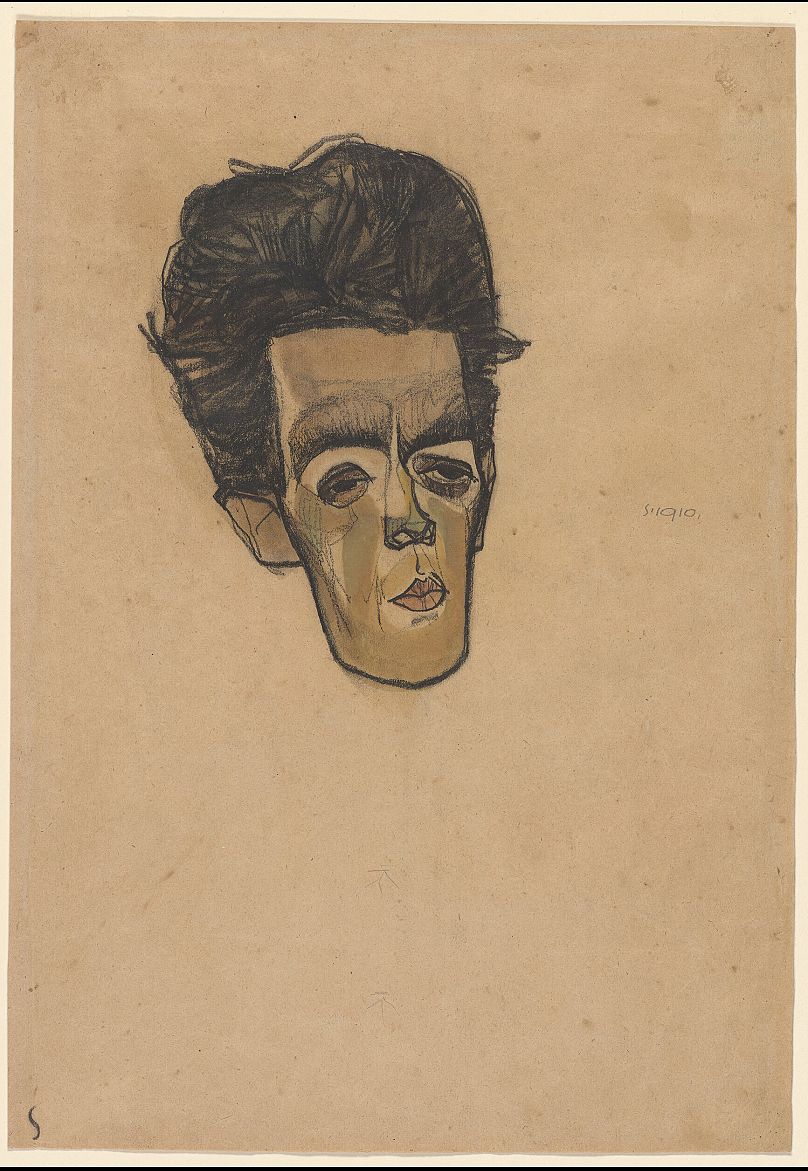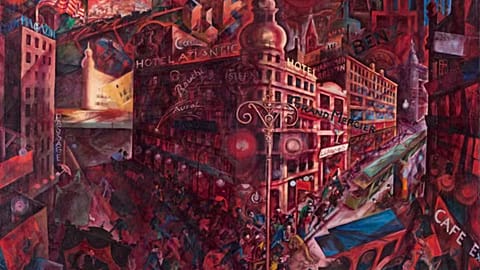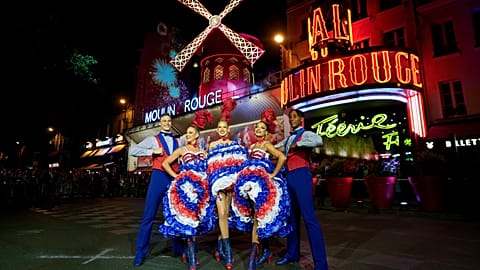The US has returned seven artworks by famous Austrian expressionist painter Egon Schiele to the heirs of a Jewish cabaret star who owned them before he was killed by the Nazis in 1941.
During his lifetime, a Jewish cabaret performer named Fritz Grünbaum amassed a veritable treasure trove of artwork - more than 400 pieces, including 81 sketches and paintings by the Austrian expressionist Egon Schiele that were plundered by the Nazis.
Grünbaum was also an actor and music writer. He used the stage to throw barbs at the Nazi regime. Arrested in May 1938, he was sent to the Dachau concentration camp, where he died three years later. His wife Elisabeth also died in a concentration camp, in 1942.
The exact whereabouts of his art collection during the Nazi era is unclear, though about a quarter of his works entered the international market via a Swiss art dealer in the 1950s.
For more than 20 years Grünbaum’s heirs have tried to reclaim the looted art.
Now, seven of the paintings, valued collectively at $9.5 million (approx. €8.9 million), have been returned to them, including the black chalk and watercolour Self-Portrait (1910), the watercolour and pencil work Prostitute (1912), and the pencil-on-paper drawing Portrait of the Artist’s Wife, Edith (1915). The piece I Love Antithesis, is valued at $2.7 million (approx. €2.5 million), and Standing Woman that was previously on display at the MoMA, is valued at $1.5 million (approx. €1.4 million).
The heirs of Mr Grünbaum had previously gone to court in New York State in 2018 to fight for the return of two Schiele pieces from a London-based collector named Richard Nagy. The judge, Charles V. Ramos, ruled in their favour, stating that it is unlikely Mr Grünbaum voluntarily gave the artworks away when he was detained at Dachau.
This led his heirs to elevate their case to the Manhattan district attorney to see if other Schiele pieces that once belonged to Grünbaum would count as stolen property under New York law. Prosecutors were able to track how the seven pieces made their way through New York and into various collections.
The museums where the pieces were held - the Museum of Modern Art (MoMA) and the Morgan Library & Museum, both in New York, and the Santa Barbara Museum of Art in California - agreed to give the pieces voluntarily to prosecutors after learning that they had been stolen.
The seven Schiele pieces were handed over to the family during a ceremony at the Manhattan District Attorney's office.
“Your recovery of these artworks reminds us once again that history's largest mass murder has long concealed history's greatest robbery,” Timothy Reif, Grünbaum's great-grandnephew and a federal judge in New York City, said of the state and federal authorities who made the handover possible.
Reif added that the recovery had "achieved a measure of justice for the victims of murder and robbery".
During the ceremony, Manhattan District Attorney Alvin Bragg called the return of the artwork "historic".
The return of these pieces follows notification by Manhattan prosecutors last week of their intent to seize three other artworks from galleries in Chicago, Pittsburgh and Ohio.
All of the seven pieces will be auctioned off to raise money to support scholarships for underrepresented performing artists.
By some estimates, the Nazis stole 650,000 works of art from 1933 to 1945, many from Jewish families who were arrested and then killed in concentration camps during the Holocaust. Some of the stolen pieces were created by some of the world’s most heralded artists, including Picasso, van Gogh, and Chagall.
The modern style of many of the pieces was deemed “degenerate” by Adolf Hitler. He ordered some destroyed, while others he sold off to finance the Nazi Party.


